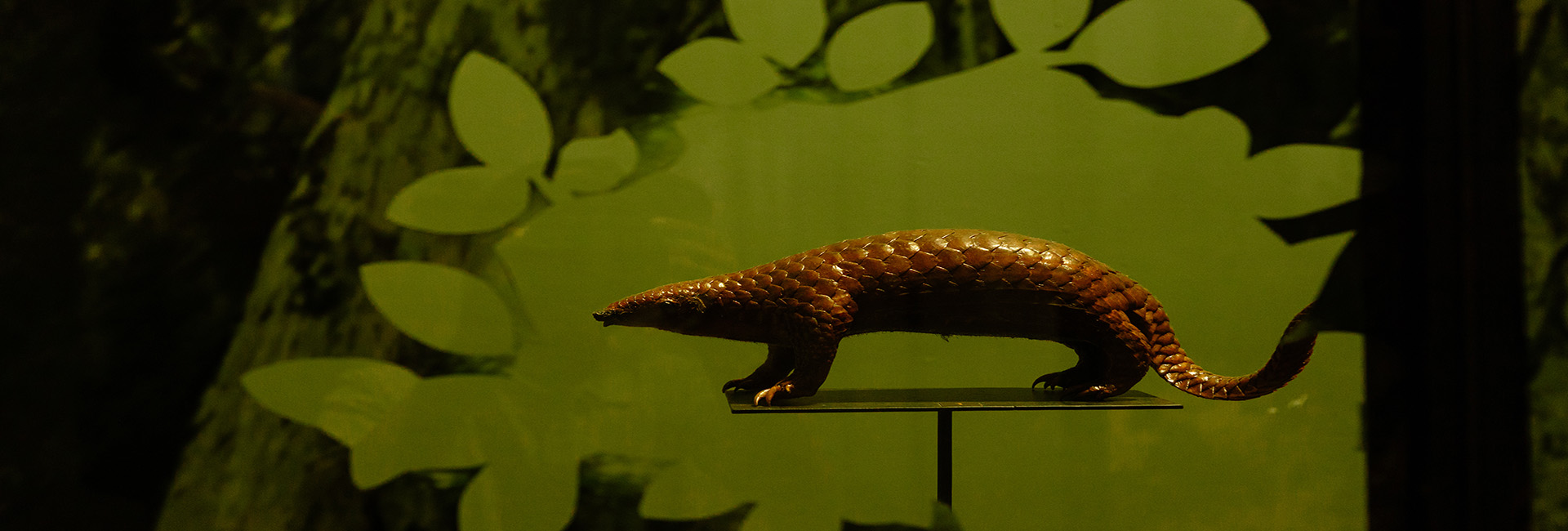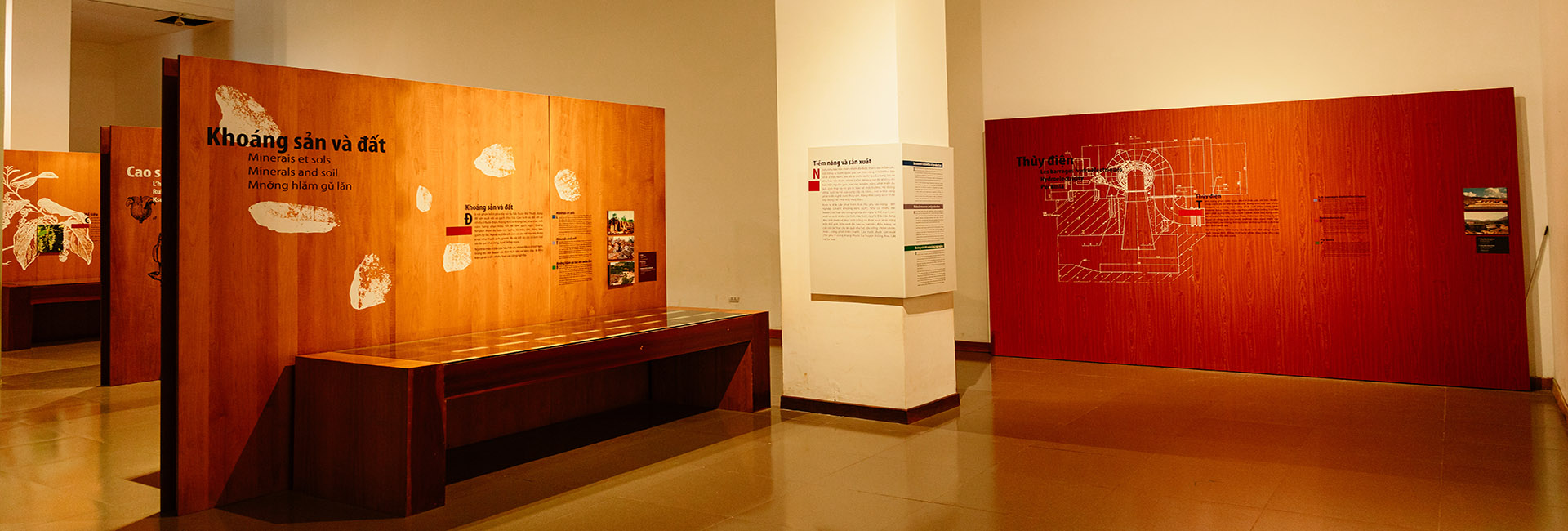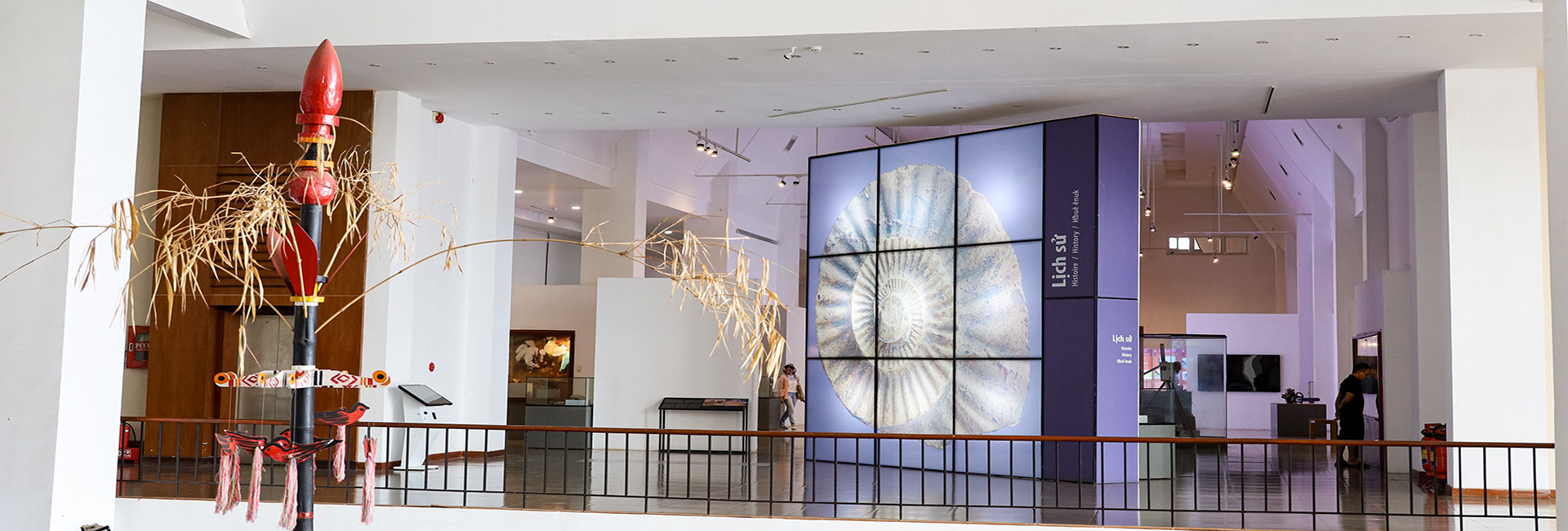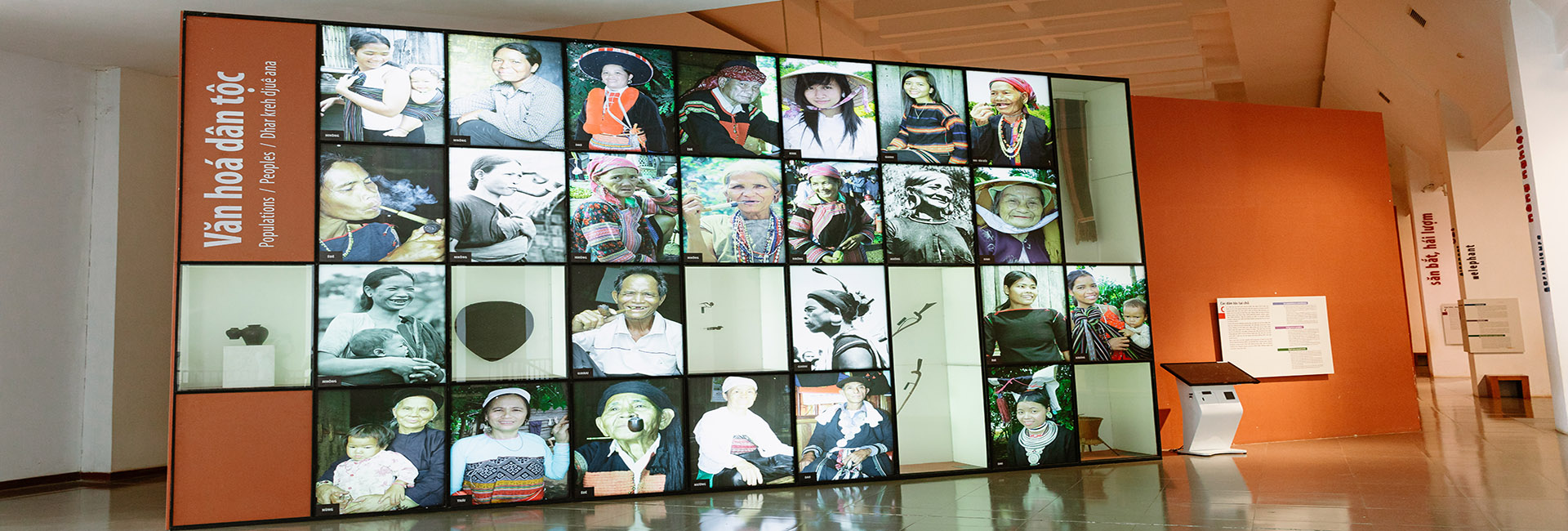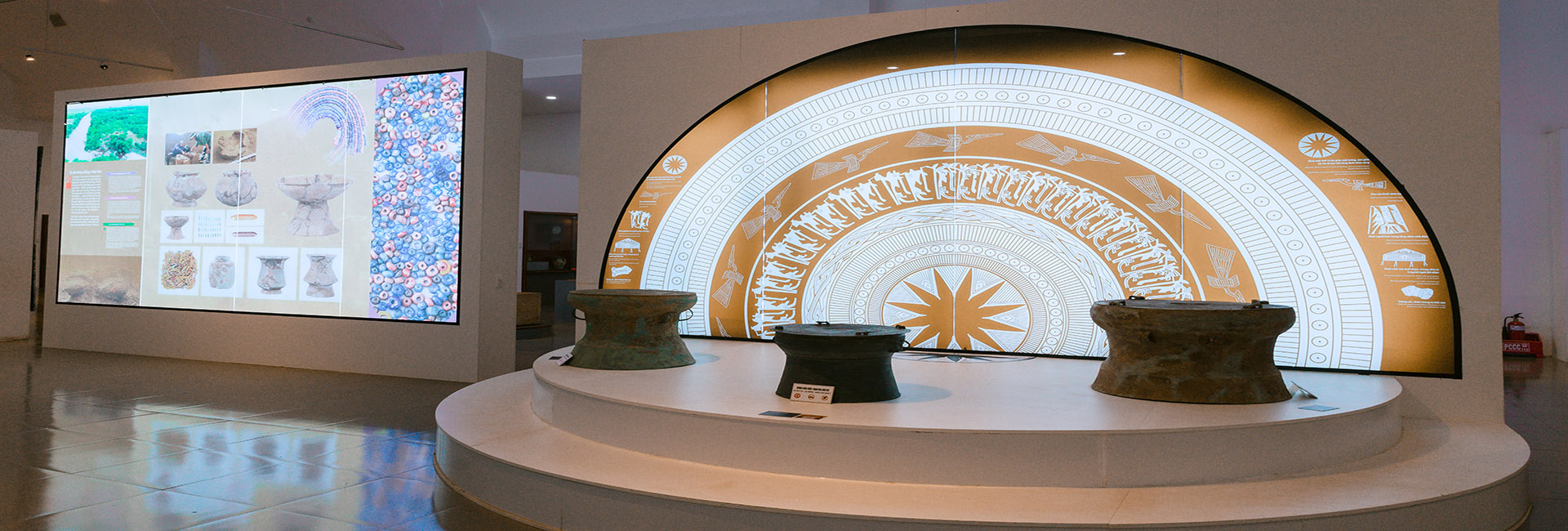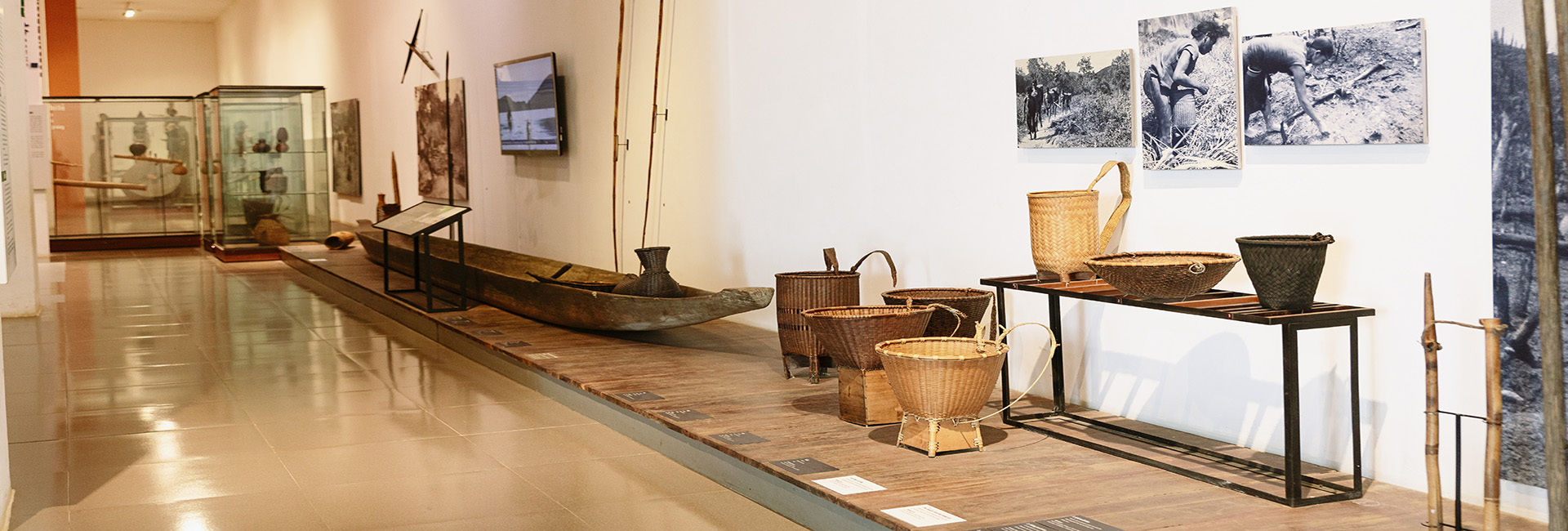THE STORY BEHIND THE NAME OF EA SUP DISTRICT
Ea Sup district was established according to Decision No.230-CP dated on August 30th, 1977, of the Government Council regarding the division of Krong Buk into two districts named Krong Buk and Ea Sup, having the area of 176,563 hectares and a 26.3 - kilometer border adjacent to the Kingdom of Cambodia. Nowadays, Ea Sup has 29 ethnic groups living together closely and unitedly, joining hands to build and develop the economy.
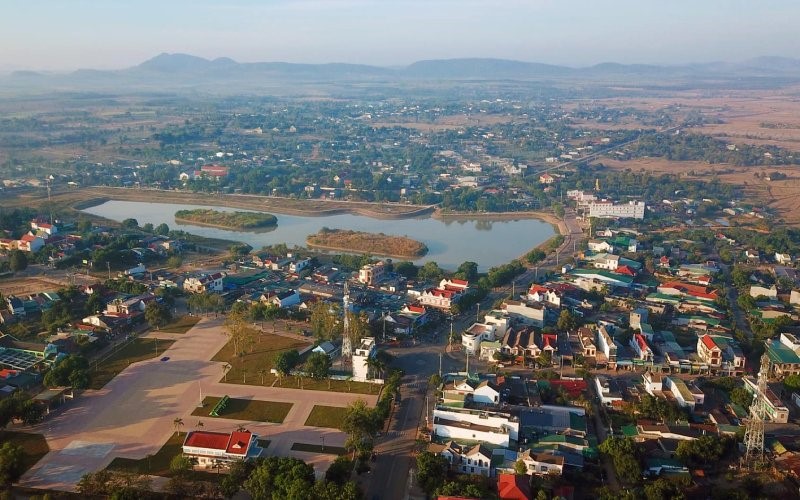
A panoramic view of the center of Ea Sup district
The Ea Sup area resided by the Giarai for long time. “In the past, the Ea Sup land was surrounded by wild mountains and forests, with many rare animals and plants such as tigers, leopards, deers, buffalos, many herds of wild elephants; rosewood, camwood, Xylia xylocarpa,… Especially, this is a place suitable for rhinos to live”, told by some elders living in A1 village, Ea Sup town, Ea Sup district.
At that time, Mr. Sangti Lao (the Lao ethnic group) was a very intelligent, talented, strong and agile man, who was a trader, specializing in trading and exchanging precious products; he was the first to set foot in this area to hunt and find forestry products.
However, after having lived in the forest, ambushed for several seasons of the moon but could not catch any rhinos, Sangti Lao temporarily moved to the area border Gia Lai province to trade. He met a beautiful talented Jarai girl of the Siu family, then both fell in love and got married.
After a period, he took his wife and her relatives back to the old land. On the first afternoon arrival, the group stopped at a high land surrounded by forests, streams. Mr. Sangti Lao practiced a ceremony to ask the forest, stream and land spirits for permission to eating and taking a rest. At that night, he dreamed of images of the villagers gathering and dancing in the buffalo sacrifice ceremony to celebrate for finding a new land. When waking up, he told his dream to everyone, which made them happy and excited, believing that it was a good omen from the Gods, allowing them to stay and build a village.
In the next morning, they went to the stream to get water, seeing the clearly fresh stream, with schools of fish swimming as if greeting them. Realizing the good omen from the dream and the fish’s appearance, Mr. Săngti Lao named the stream “Nặm Chuốp,”. “Nặm” means water and “Chuốp” means peaceful and beautiful in Lao. After that, he and the villagers cut down trees, built houses and established the village there.
Mr. Sangti Lao married a Jarai woman, following to the matriarchal system, the woman was the family head and children took the mother's surname. Therefore, the village he founded was a Jarai village named "Nặm Chuốp” (the peaceful, beautiful land protected by spirits) after the stream, under the Siu family of his wife side. Over time, "Nặm Chuốp" was pronounced as "Ea Suǒp" (in Jarai language). Later, to standardize the spelling of place names in Dak Lak province, it was written as "Ea Súp".
When visiting Ea Sup, in addition to learning about the interesting stories of the land and people here, visitors have the opportunity to visit two famous landmarks, Yang Prong Tower and Upper Ea Sup Lake.
Yang Prong Tower located in Ea Rok commune, Ea Sup district, is about 100 km to the west of Buon Ma Thuot city. It is also known as the Green Forest Cham Tower. This is one of the only Cham towers in the Central Highlands, built in the late 13th century to worship the God Shiva in the form of Mukhalinga (the great God), hoping for prosperity, fertility and happiness.
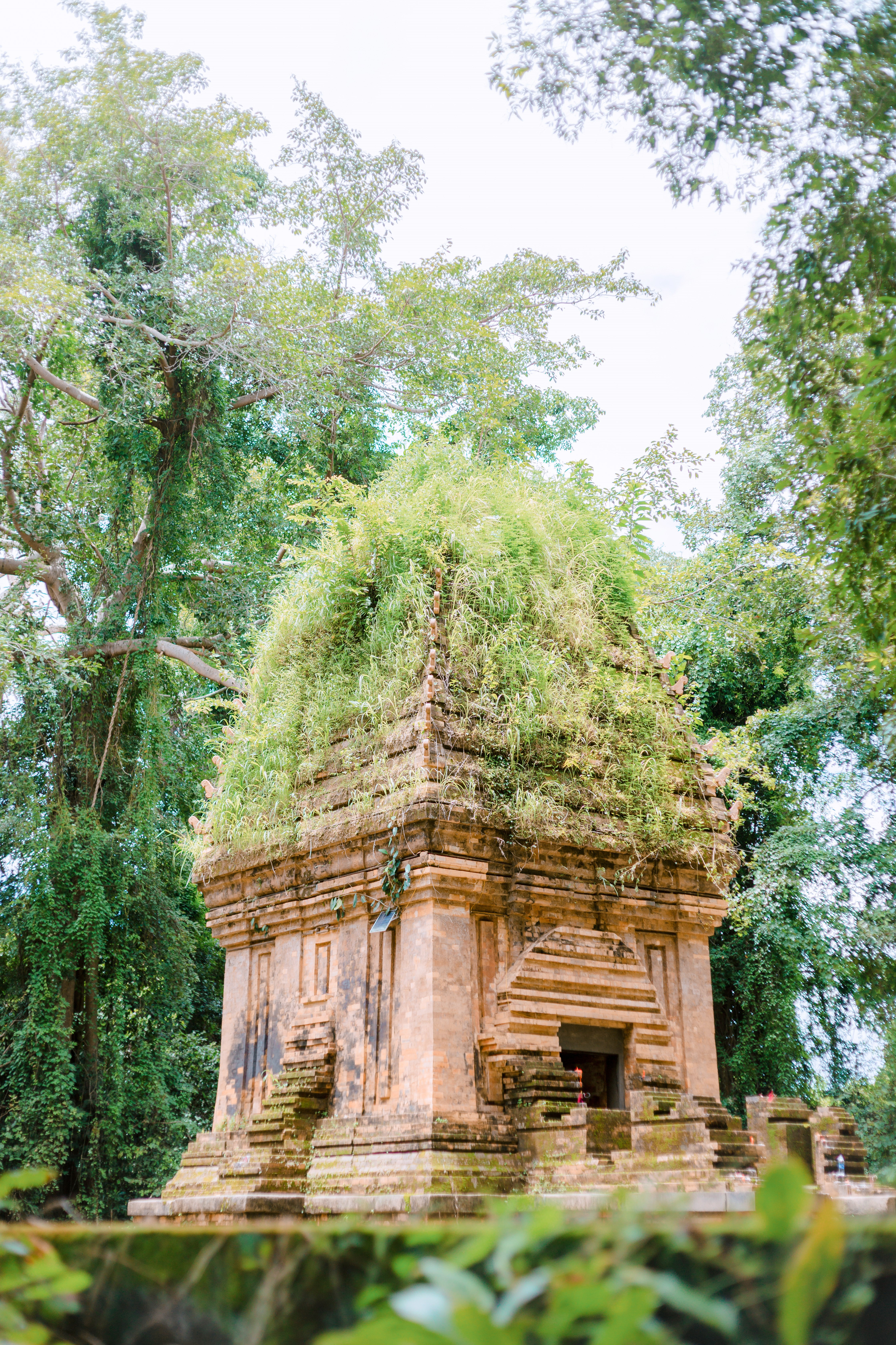
Yang Prong Tower
Yang Prong Tower is a red-fired brick architectural structure, built on a high foundation of green stone. It stands 9 meters high, with a square base measuring 5 meters on each side. Each outer wall features three false doors, with a single door opening to the East. The Tower is nestled under the ancient canopies of the Ea Sup rainforest by the gentle Ea H'leo River. Not only is it a unique artistic architectural work, but Yang Prong Tower also embodies the ancient and mysterious solemn Cham culture, existing in timeless presence.
Ea Sup Upper Lake, a stunning scenic spot in Ea Sup, is highlighted by its clear, calm waters that stretch out like the boundless heart of the Nature Mother, nurturing this land to become lush and fertile with vast rice fields and orchards. The picturesque landscape of green hills and blue waters, along with abundant natural products and friendly people, creates an attractive destination for visitors to explore the Ea Sup area.
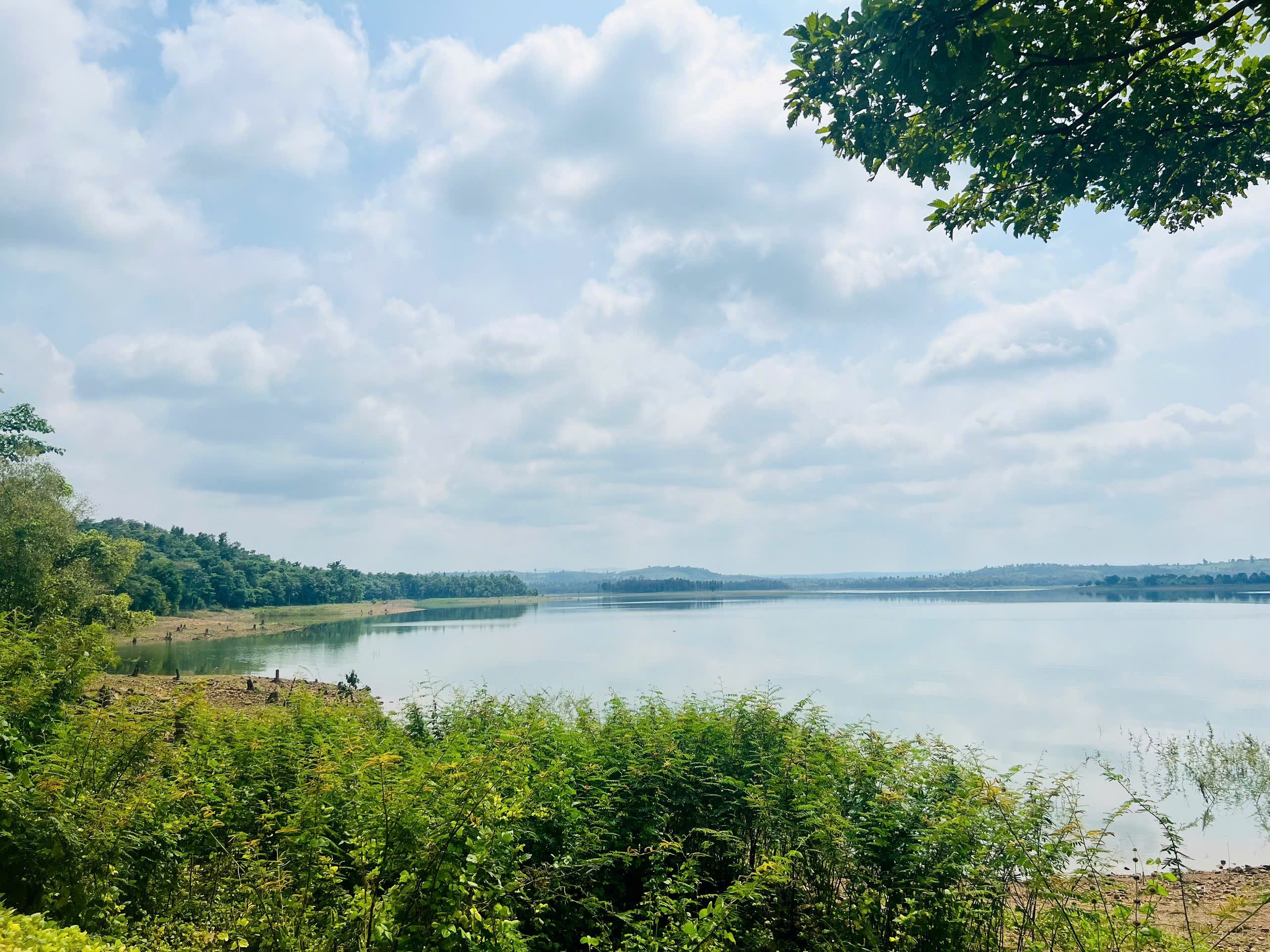
A part of Ea Sup Thuong Lake
In addition, in Ea Sup district, archaeologists have conducted surveys and excavations at the Thac Hai archaeological site - a complex relic functioned as a settlement and cemetery. It is also a large-scale drill bit workshop in the Central Highlands. Especially, “The drill bit collection of Thac Hai site” was recognized by the Prime Minister as a national treasure (The first national treasure of Dak Lak province) according to Decision No. 73/QĐ -TTg, dated on January 18th, 2024, and it is being preserved and displayed at the Dak Lak Museum.
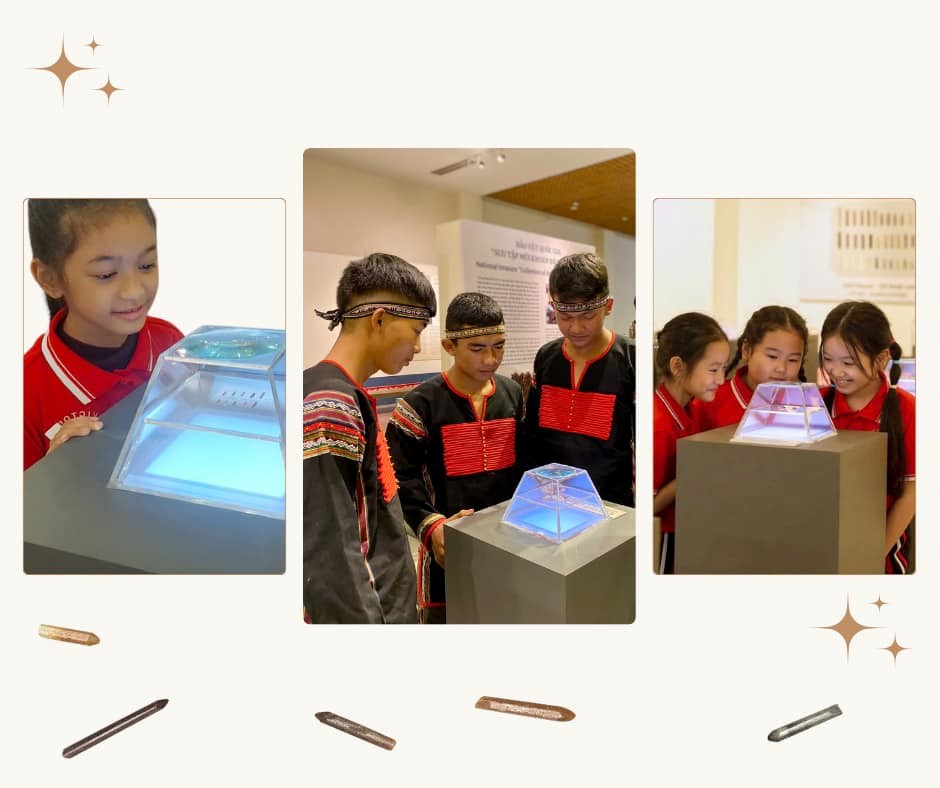
Students visiting and learning about the “The drill bit collection of Thac Hai site”
Ea Sup holds significant importance for the economy, national defense, and security of Dak Lak province, the Central Highlands as well as the country. In recent years, the Party Committee and the People of various ethnic groups in Ea Sup district have focused on promoting socio-economic development while enhancing national defense and security, which is considered as a crucial task to ensure comprehensive local development. Thanks to its economic and cultural advantages, connecting the scenic spots of Ea Sup Thuong Lake, Yang Prong Tower and the Thac Hai archaeological site will create an ideal tourism route, providing favorable conditions for the tourism development in Ea Sup district.
Anh Dao



